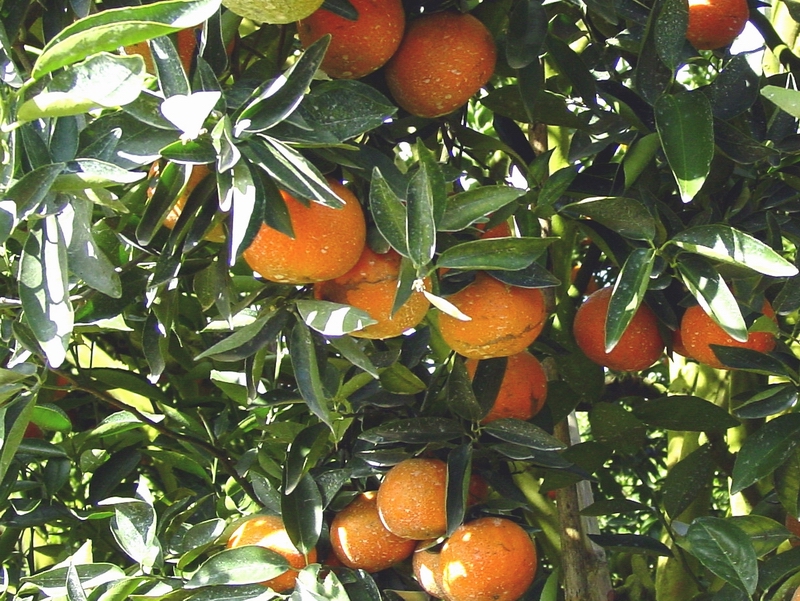

As a consequence, branches break frequently and frequent pruning (at least once a year) is necessary to remove dead or weak branches and to invigorate the growth of the remaining branches. The tangerine tree is a very productive species. In this process, any regrowth that may occur in the pattern is eliminated. It is carried out from the third year of the tree’s life. Tangerine trees need two main types of pruning: In-ground drip irrigation is recommended, which optimises irrigation and improves the efficiency of nitrogen fertilisation, as well as reducing evotranspiration of the crop. In summer, daily watering is recommended, while in winter it is watered 2-3 times a week. Tangerine cultivation requires frequent and abundant watering, without waterlogging. The rest of the year, the soil is maintained with a vegetation cover. The soil is tilled 3-4 times a year, between March and September. Incorporating fertilisers or organic matter.Eliminating weeds and control their growth.Soil preparation for tangerine crops consists of: Soil preparation for mandarin cultivation.It is more resistant to cold and drought than orange trees, although the fruits are sensitive to these conditions. The tangerine tree requires a temperature of between 23-35 oC for its correct development, so the subtropical climate is the most suitable for its needs.

In addition, the pH of the soil should be between 6 and 7.

They do not tolerate salinity and are sensitive to root asphyxia. Tangerine trees are not very demanding in terms of soil type, but prefer permeable, deep and slightly calcareous soils. Tangerine trees are planted facing the sun and sheltered from the wind. Ripe tangerines are obtained between October and December, depending on the variety. These trees are planted between April and June.


 0 kommentar(er)
0 kommentar(er)
